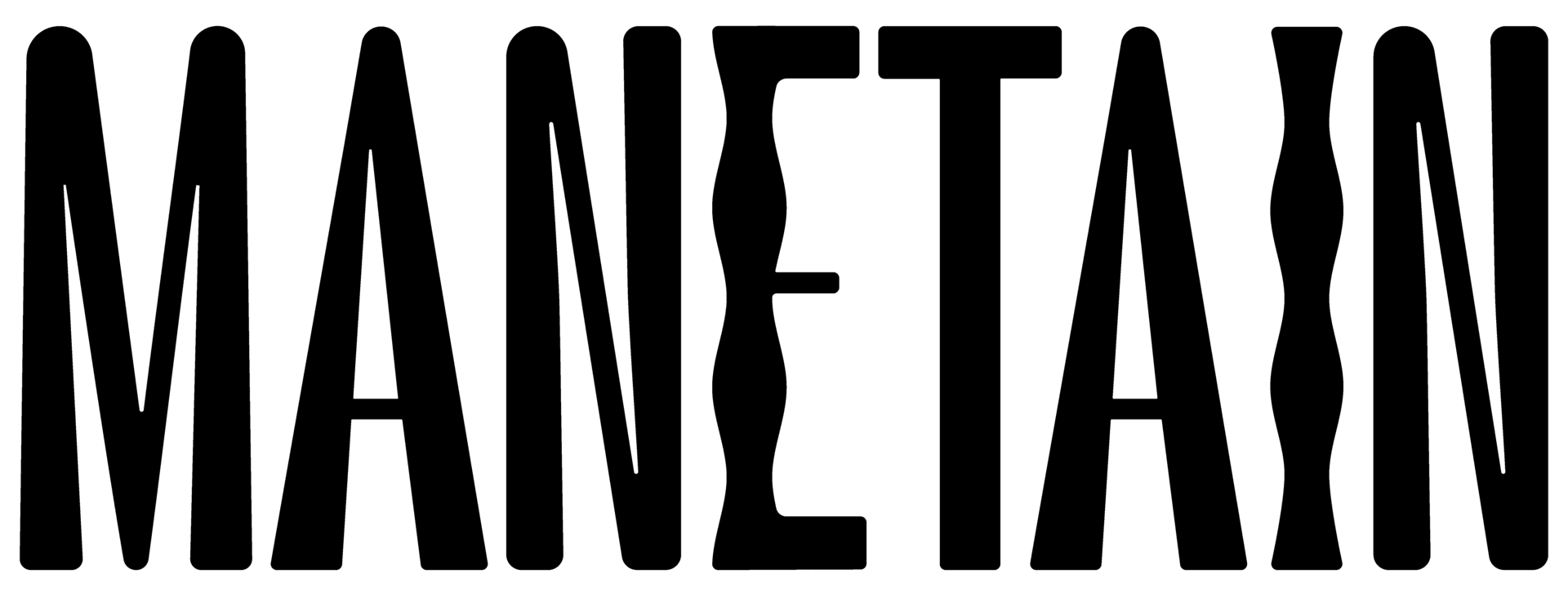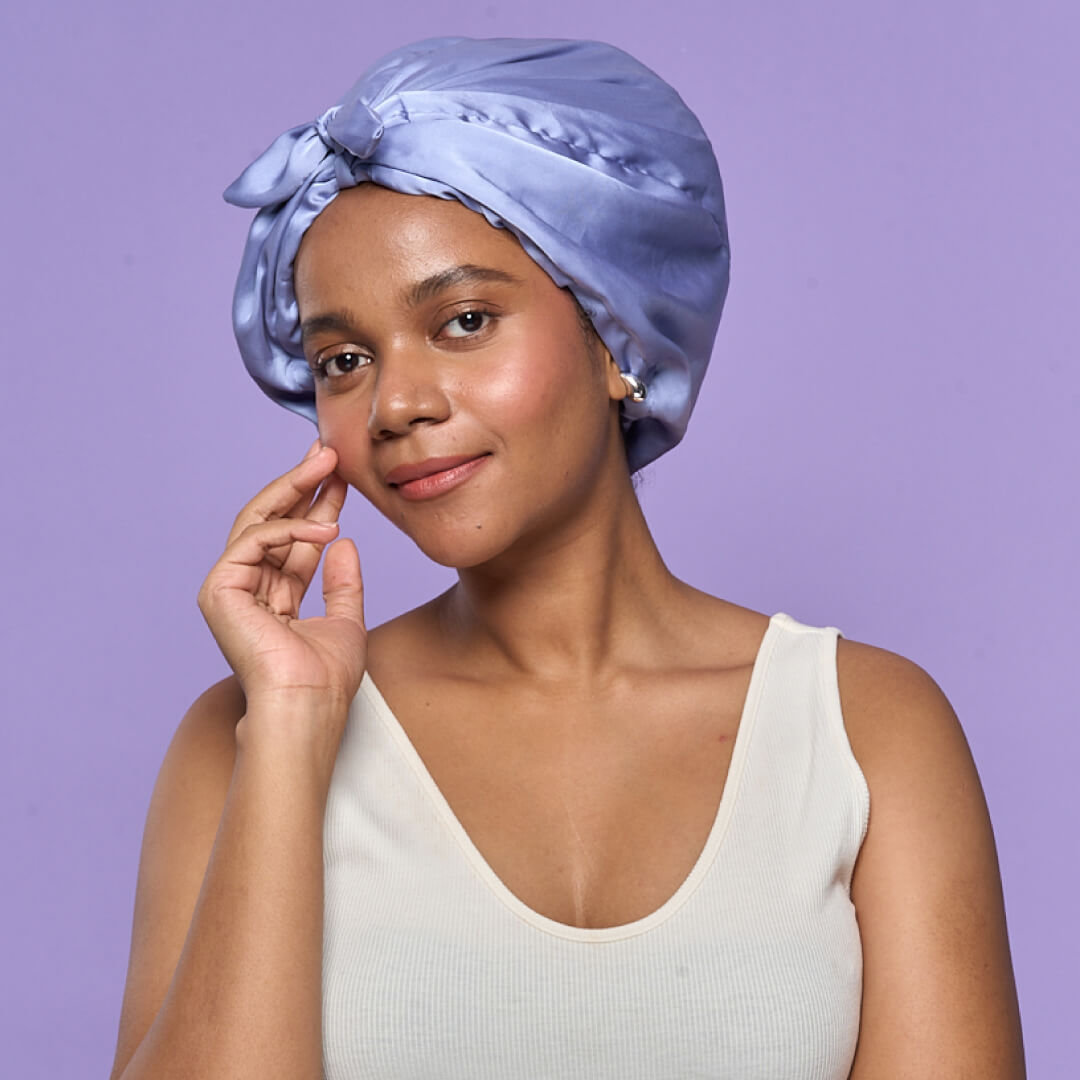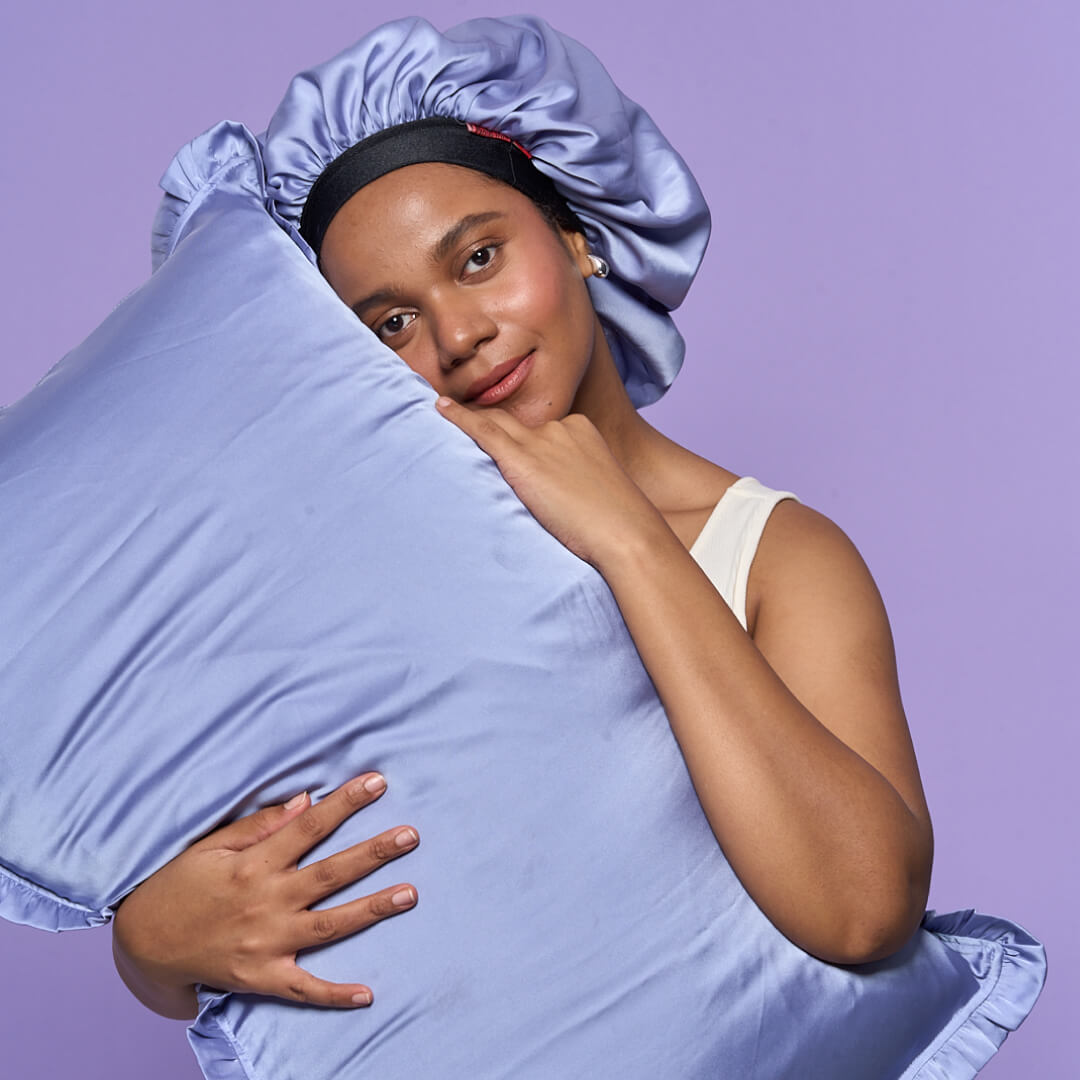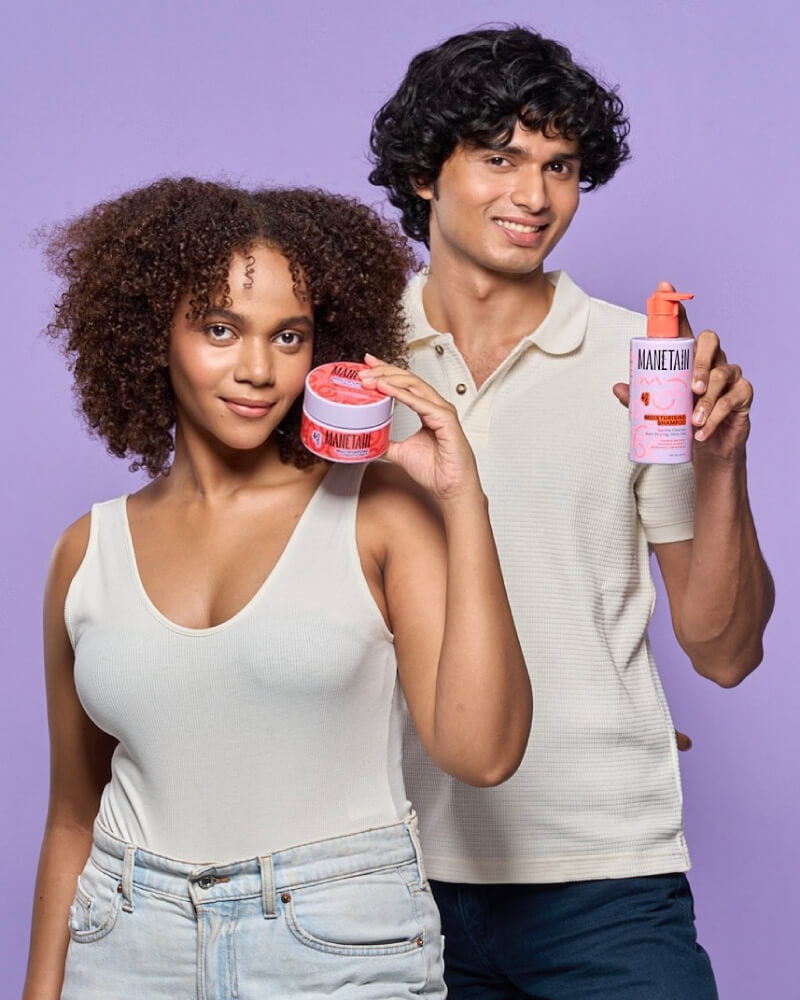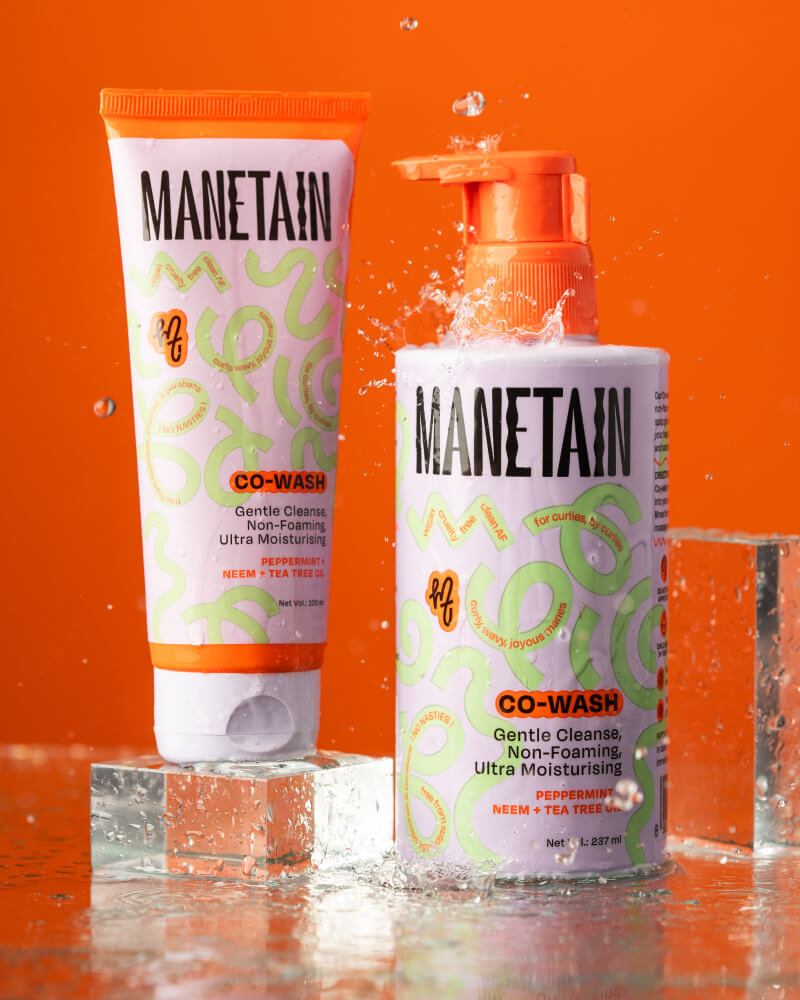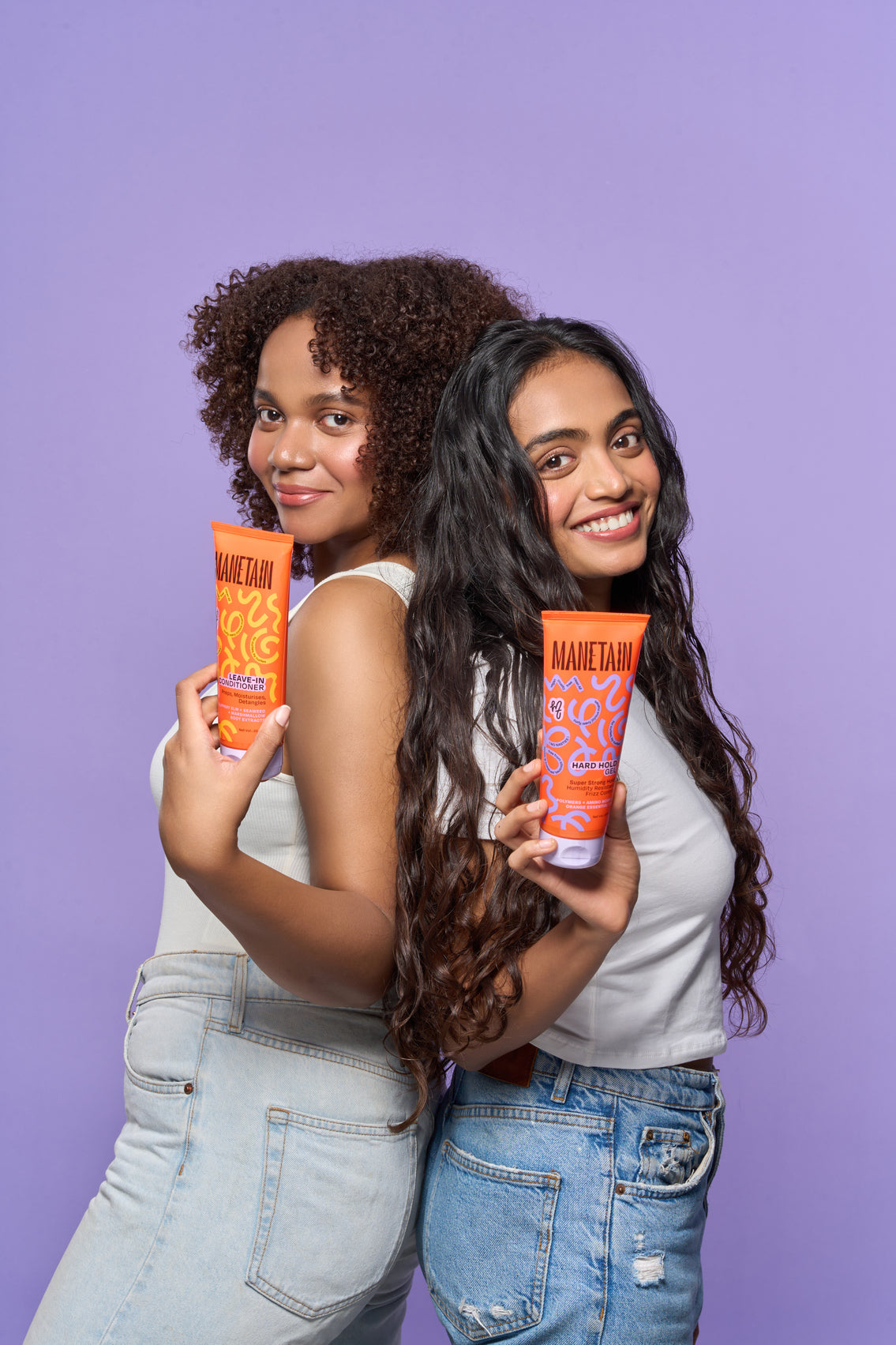Remember when you’re looking at someone with great curly hair, there could be massive effort behind reaching those well-defined curls. The thing about getting on the curly girl journey is that it has to be YOUR journey.
Before we get into the steps - here's a video explaining the Curly Girl Routine.
Curly Girl Routine:
Steps/ Guide to Curly Hair:
Every kind of hair is different and may respond to certain treatments, hair care and products. But we’ve put together this short and basic guide for you to get started. A lot of information can be quite overwhelming, so take easy steps.

The very first thing to do is follow these simple steps:
- Understand your hair
- Leave combing your curly hair when it's dry.
- Use a gentle, preferably 100% natural shampoo, that is also sulphate-free
- Identify a conditioner and a leave in conditioner for your hair
- Comb only after using a conditioner and the leave in
- Identify hair stylers like a curl cream and gentle gel for more definition
- Avoid heat so wash your hair with luke warm or cool water
- Get in the habit of deep conditioning your hair once a week
- Get on the transition plan from use of heavy chemicals to a natural path
Understanding your hair to find the right products
You can start with understanding your hair better, and that’ll help you finding the right products for your hair type:
Wavy Hair: Hair that lies somewhere between straight and curly. There is a slight curl pattern at the ends of your hair.
2A - Thin, wavy hair
2B - Wavy hair with medium thickness
2C - Thick and wavy hair
Curly Hair: If your hair strands have an 'S' pattern that stays, is frizzy and prone to tangles, you have curly hair.
3A - Loose curls
3B - Medium curls
3C - Tight curls
Coily Hair: Coily hair follows a 'z' pattern. It can be rough and coarse and is prone to breakage.
4A - Soft
4B - Wiry
4C - Extremely wiry
Depending on what kind of hair you have, the care that you need to give it might defer.
In the case of wavy hair
Type 2A: Since the hair is straight from the roots to eye level, don't flatten those waves below, but define them. Use gels and steer clear of creams and oil-based hair care products.
Type 2B: Hair is curly from around the eye level to the ends. You can highlight these curls using balayage in the form of highlights.
Type 2C: With 2C hair curls begin at the crown. Type 2C hair is frizzy. So use a diffuser when blow drying, so that the heat does not end up making the hair more frizzy.
In the case of curly hair
Type 3A: This kind of hair has S-shaped curls. Do not brush harshly but wear a lose pony tail.
Type 3B: These curls are slightly thicker than type 3A and lack moisture. Use moisturizing ingredients like aloe vera and shea butter and avoid sulphates and silicones.
Type 3C: These curls are tight and coil perfectly. Use a leave-in conditioner to untangle hair as this type of hair is prone to breakage.
In the case of coily hair
Type 4A: Type 4A coily hair is a delicate hair that needs a lot of moisture. Consider deep conditioners, butters and creams besides oils.
Type 4B: This hair type may follow a zig-zag pattern and is prone to tangles. Use a leave-in conditioner and keep your coils intact using a curling creams or gels.
Type 4C: Use oils, shea butter creams and deep conditioners to manage tight curls.
Once you have identified your hair, then start with the steps in the beginning of this article.
